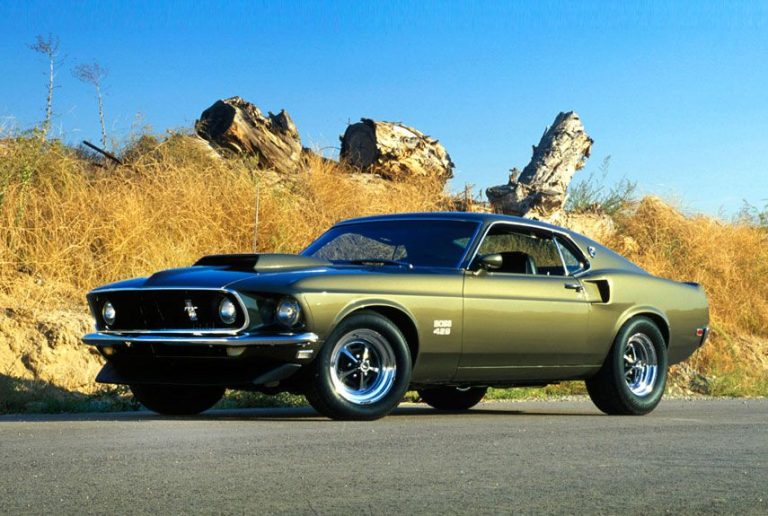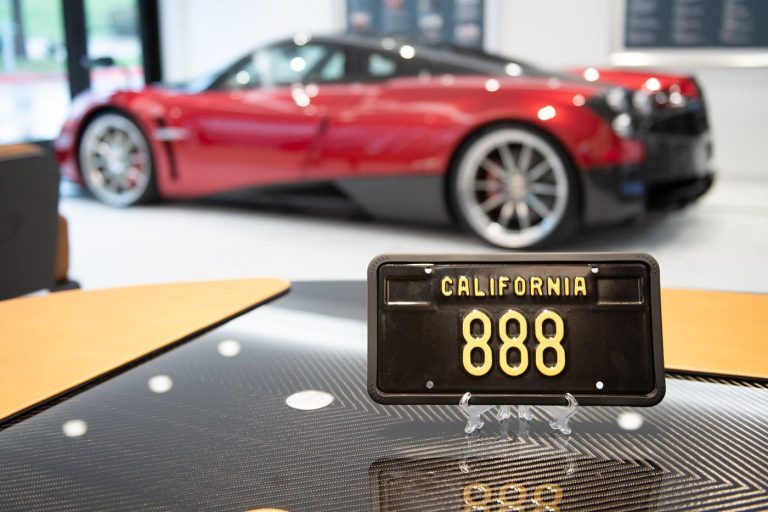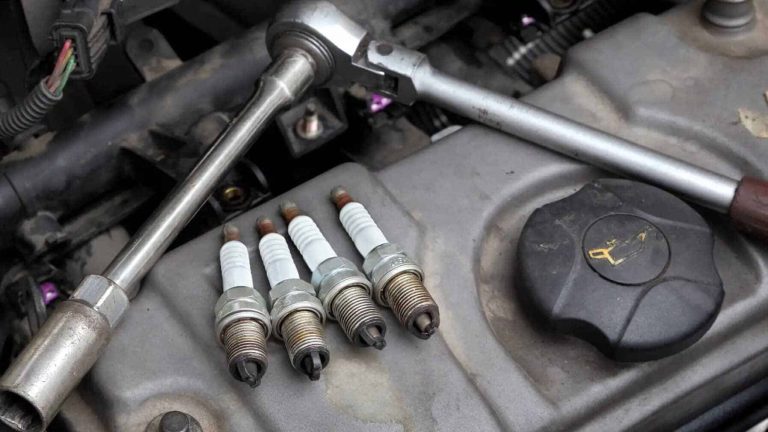How Many Miles Is Too Much For A Used Car?
When shopping for a used car, one of the first questions that comes to mind is about mileage: How many miles are too many? While there’s no one-size-fits-all answer, several factors influence whether a car with high mileage is a wise purchase. In this post, we will find out how to assess a car’s condition based on its mileage, considering aspects like maintenance history, brand reliability, and type of miles driven, to help you make an informed decision.

How Many Miles Is Too Much For A Used Car?
Determining how many miles is too much for a used car depends on several factors, including the make, model, maintenance history, and how the car was used. Here’s a more detailed look into how you can gauge whether a used car has too many miles:
1. Average Mileage Per Year
The average car accumulates about 12,000 to 15,000 miles per year. You can use this as a benchmark. For example, a 10-year-old car would ideally have between 120,000 to 150,000 miles. Significantly higher mileage could indicate heavy use.
2. Reliability by Make and Model
Some cars are known for their longevity and reliability and can be expected to perform well even with higher mileage. Brands like Toyota, Honda, and Subaru, for example, are often cited for their durability and can often exceed 200,000 miles with proper care.
3. Maintenance History
A well-maintained car with complete service records can be a safer buy than a car with lower mileage but poor maintenance. Regular oil changes, brake service, and inspections are signs of good maintenance.
4. Type of Miles Driven
Highway miles are generally easier on a car than city miles. Frequent stops, starts, and idling in city driving can cause more wear and tear than steady highway driving. Knowing the primary use of the car can provide insights into its condition.
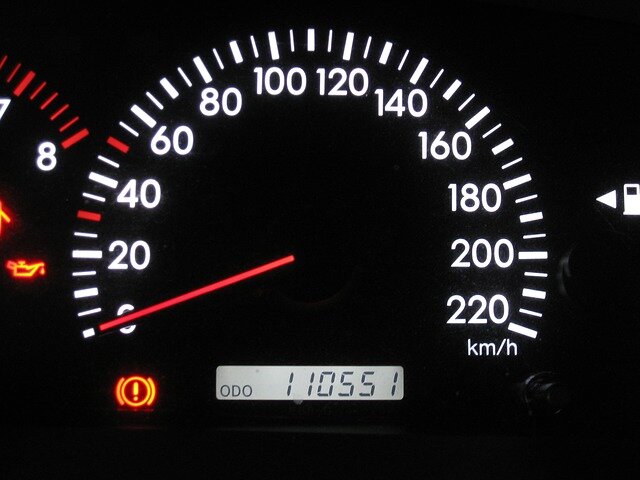
5. Current Condition
Always have a trusted mechanic inspect a used car before you buy it, especially if it has high mileage. They can assess the engine condition, transmission, and other critical areas to determine if the car is still in good working order.
6. Future Usage
Consider your own needs. If you plan to use the car heavily, opting for a car with lower mileage might be preferable to ensure it lasts longer without significant repairs.
7. Economic Considerations
Sometimes a higher mileage car offers a good deal if it’s significantly cheaper. Calculate potential repair costs and compare them with the amount saved on the purchase price to see if it’s worth buying.
Here are some rough mileage thresholds to keep in mind, but remember, the condition is key:
- 30,000 to 70,000 miles: Brake pads and rotors might need replacing.
- 60,000 to 100,000 miles: Timing belts or chains might need attention.
- 100,000+ miles: Be prepared for potentially more frequent repairs.
Why Mileage Matters?
Mileage is a key indicator of a used car’s wear and tear for a couple of reasons:
-
Parts Wear and Tear: Just like anything with moving parts, cars wear down over time. The more miles a car has, the more wear and tear its engine, transmission, suspension, brakes, and other components have experienced. This can lead to decreased performance, reliability issues, and the need for more frequent repairs.
-
Maintenance Needs: As mileage increases, so do the chances of needing maintenance or replacements for certain parts. This can include things like timing belts, spark plugs, clutches, and shocks. While regular maintenance is important for any car, high-mileage vehicles might require it more often.
Here’s a breakdown of how mileage can affect different parts of a car:
-
Engine: A high-mileage engine might burn more oil, lose power, or have increased emissions.
-
Transmission: You might experience rough shifting, slipping, or difficulty engaging gears.
-
Suspension: The ride might become less comfortable, handling could be less responsive, and there could be strange noises.
-
Brakes: Stopping distances could increase, and you might need to press the brake pedal harder.
Is Buying a Car With Over 50,000 Miles Bad?
No, not necessarily. A car with over 50,000 miles can still be a good purchase, depending on several factors:
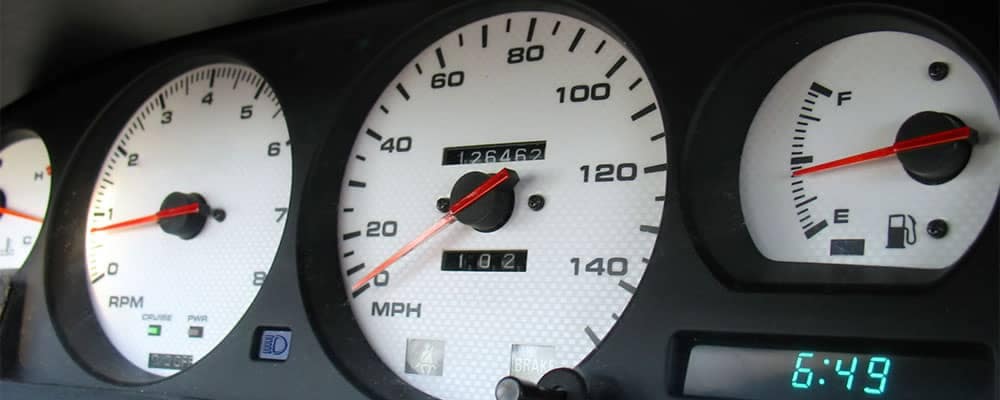
-
Overall condition: This is more important than just mileage. Look at the service history, any accidents reported, and the general condition of the car’s interior and exterior.
-
Maintenance history: A car that has been regularly maintained with documented service records is much more likely to be reliable than one that hasn’t.
-
Make and model: Some car brands are known for their reliability and can easily surpass 200,000 miles with good care. Research the specific car you’re considering to see what kind of mileage you can expect.
Here’s a way to think about it:
- 50,000 miles is around the average mileage for a 5-year-old car. So, a car with 50,000 miles isn’t necessarily high mileage for its age.
However, there are some things to keep in mind with higher mileage cars:
- You might need to replace some wear-and-tear items sooner, like brake pads or rotors.
- There’s a slightly greater chance of needing repairs compared to a car with lower mileage.
To mitigate these risks:
- Get a pre-purchase inspection by a mechanic before you buy any used car, regardless of mileage. This will help you identify any potential problems and estimate repair costs.
- Consider the car’s remaining useful life. How long do you plan to keep the car? If you only need it for a few years, a high-mileage car might be a good option.
By considering these factors, you can make an informed decision about whether a car with over 50,000 miles is right for you.
Frequently Asked Questions
1. Is it bad to buy a used car with 150K miles?
Buying a used car with 150,000 or even 200,000 miles isn’t necessarily bad, as long as the car has been well-maintained. Regular maintenance can make modern cars last far beyond what many people have come to expect.
2. When should I give up on a car?
You should give up on a car when repair costs become more than its worth, when it no longer meets your needs, if you feel unsafe in it, or if it doesn’t pass emission tests. Also, cars that have run over 100,000 miles may be subject to increasing issues.
3. Is buying a used car with 100K miles a bad idea?
Not at all. With proper maintenance, modern vehicles can run smoothly even after covering 100,000 miles. Many manufacturers design their cars to last longer and back them with lifetime warranties due to their confidence in the vehicle’s construction.
4. Is it safe to buy a used car with 60,000 miles?
Yes, it can be safe to buy a used car with 60,000 miles. Using the standard of 12,000 miles driving per year, a well-maintained five-year-old car can be expected to have approximately 60,000 miles. A significant deviation from this number may call for further inspection.
5. Which brand of car lasts the longest?
Brands that are often recognized for longevity include Toyota, Honda, Subaru, and Lexus. Models like Toyota Avalon, Honda Accord, and Lexus GS 300 are known to last longer than average, given proper maintenance.

Hi! I’m Larry Gibbs, studying mechanical engineering with a focus on cars. I really love Ferraris and write blog posts about the latest car stuff. When not studying or blogging, I’m usually on a road trip exploring new places. I also enjoy playing football and watching movies. Life’s an adventure, and I’m all about enjoying the ride!

